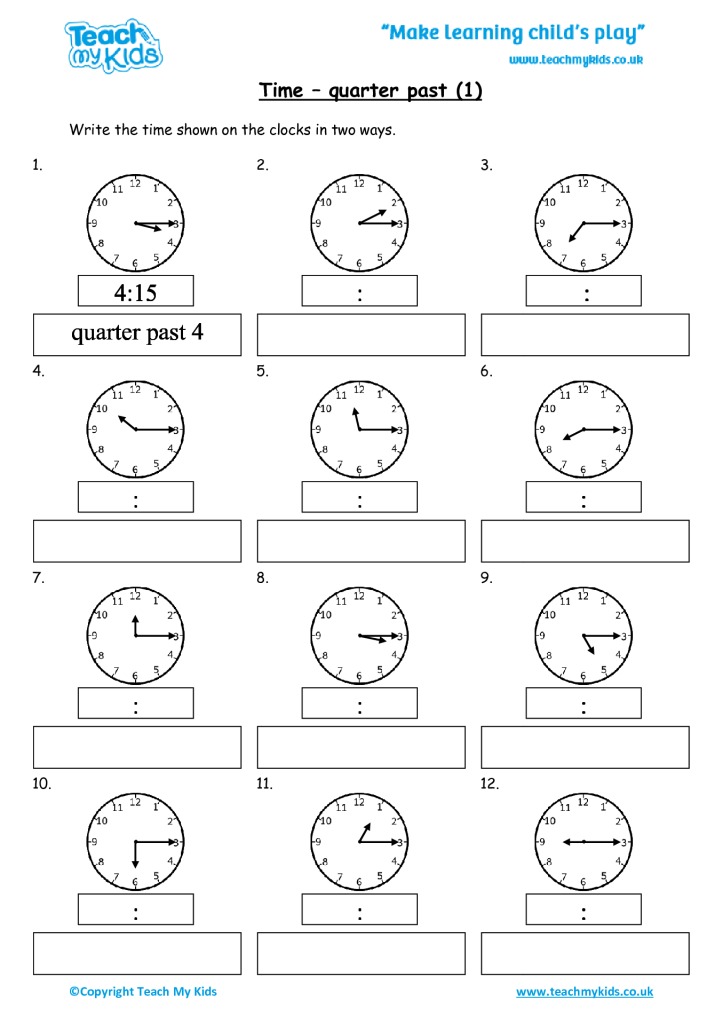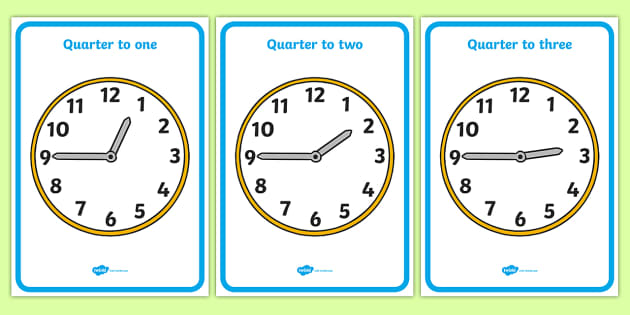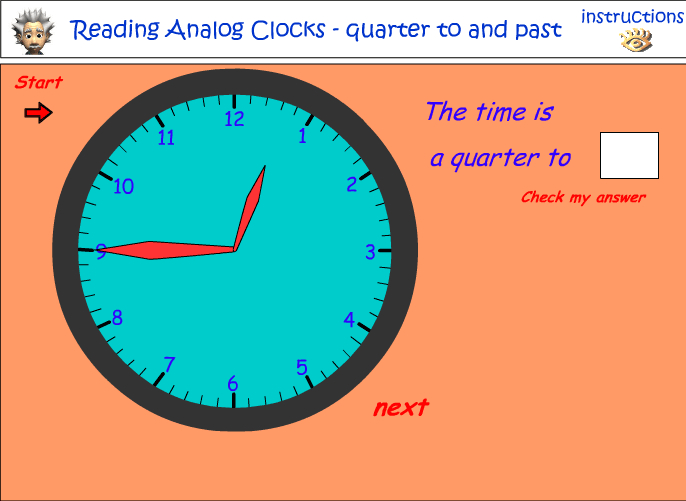

I have not yet found it necessary to reach for tighter timing than that, EXCEPT in certain artist's monitoring situations, where one signal teaches cans or a monitor by multiple patchs, creating phase issues and or audible delays, in which case we re-route. We do video, and standard sample rates here are 48k. I don't think you can better this timing without advanced predictive analysis. a simple loopback circuit, will "arrive".(and be recorded) one sample "late", as compared to the source signal. say a signal played back on the master DAW, leaves that machine's Toslink port A, passes thru the fiber, and enters the same PC's Toslink port B. Depending on the setup, we can get adequate lock with audio signals.


We use ADAT for room to room audio signal transport. We run somewhere between 10 and 15 PCs here on a given day, synced up as needed. To achieve that level of resolution with 10 khz sine waves, you need about 58. Resolution for BPM might run 96 ticks per quarter note, or 384 ticks per minute. Several Orders Of Magnitude difference between those objectives. peaks and valleys on disparate hardware synth oscillator waveforms? Thanks for any input!It may help if you describe more accurately what you wish to synchronize.įrom your OP, I'm. I hope this helps anyone else going through syncing two Live workstations and midi.Without all the information Apogee couldn't understand how we expected their device to do what the MOTU did. "To improve sync*stability, where possible use a dedicated MIDI port to transmit MIDI Sync messages alone, rather than using a MIDI port where MIDI Note*and Control Change*messages are transmitted as well." This is explained as such on the above linked page: You'll need to set the tempo manually in Live to match the tempo of the master sequencer.Īdditionally we would run a virtual midi network session to sync Midi Clock, while one MOTU was always Master. However, MIDI Timecode does not transmit any tempo information. MIDI Timecode is the recommended option if the external sequencer supports this, as MTC has a better resolution.

As they state in their " Synchronizing Live via MIDI" help page: So it appears I was correct all those years when using the MOTU interfaces (FW400) and it is possible to get accurate MTC sync if you use a master clock for Ableton Live midi input, not output. No - because they do not support SMPTE since they have no MIDI, they are not generating MTC! I thought I would be able to do that with the two Elements via WC and it would sync them like the MOTU's. This sync'd the two devices to be sample accurate. The MOTU's converted the WC to "sample accurate" SMPTE and MTC (Midi Time Code, not Midi Clock). I ran a separate cheap ART master time clock to these two devices. They had MIDI that was wired between their Ins/outs. Before we went with the Apogee Element series, we were using Motu 828's and Travelers. Searching and searching thru specialized synthesizer forums, the light bulb finally lit up. I thought if they are two digital devices (which they are) their clock sync would help keep everything tight.Īre there techniques I am missing - considering how off base I was with this concept for 10 years? Is there a better way? That it only is of use if I was connecting them with digital (adat etc)- not sending the audio out of the Element24 and inputting it into the Element88. That using WC connecting the two Elements together is a waste of effort. I chatted with Apogee support this morning, and they told me something that was came as a shock and was humbling.
#Quarter word clock pro
However, mixing a 32 track song with the Mac Pro using external word clock started giving me clicks and pops - while if I ran the Element88 with it's internal clock, no problem at all! Seemed like they are better in sync, but hard to tell. I thought it would be good to do the master word clock process again - and picked up a used Big Ben and some nice cables and terminators to connect the two interfaces. It's important we get our sync right, especially with oscillations and arps. We use a Moog Voyager on one station, and a Subsequent 37 on the other. Instead of syncing with MIDI, we're using Ableton's new "Link". We're running 1 Macbook Pro with an Element24 and 1 Mac Pro with an Element88. Or at least I thought it did! We did a lot of live remixing those years.įast forward to today. We sync'd with MIDI, and the master word clock seemed to tighten up the sync. I had been using a master word clock for about a decade to sync two different Mac Book Pro's, running Ableton Live & Motu 828's.


 0 kommentar(er)
0 kommentar(er)
